Cinnamaldehyde
Cinnamaldehyde, the organic compound that gives cinnamon its flavor and aroma, is widely used for its antimicrobial, anti-inflammatory, and antioxidant properties, in food flavorings, cosmetics, and potentially in therapeutic applications, showcasing its significance beyond culinary uses.
Overview:
Cinnamaldehyde, the organic compound that gives cinnamon its distinctive flavor and aroma, is the main constituent of cinnamon bark oil. This yellowish, oily liquid is not just a culinary delight but also possesses a wide range of biological activities, including antimicrobial, anti-inflammatory, and antioxidant properties. Its potential health benefits extend to controlling blood sugar levels and improving metabolic health, making it a compound of interest in both the food industry and medicinal research.
Cinnamaldehyde Key Features:
– Antimicrobial Properties: Exhibits strong activity against bacteria, fungi, and certain viruses, making it useful in food preservation and as a natural disinfectant.
– Anti-inflammatory Activity: Helps reduce inflammation, which can contribute to various chronic diseases.
– Antioxidant Effects: Scavenges free radicals, protecting cells from oxidative stress and damage.
– Metabolic Health: Shows promise in managing blood sugar levels and improving insulin sensitivity, beneficial for metabolic syndrome and diabetes management.
Cinnamaldehyde Applications:
– Flavoring Agent: Widely used in the food and beverage industry to impart cinnamon flavor to a variety of products.
– Pharmaceuticals: Investigated for its therapeutic potential in treating microbial infections, inflammation, and metabolic disorders.
– Cosmetics and Personal Care: Included in formulations for its antimicrobial properties and fragrance.
– Agriculture: Employed as a natural pesticide and fungicide to protect crops.
Cinnamaldehyde Functions:
– Enhancing Food Safety and Preservation: Acts as a natural preservative to extend the shelf life of food products.
– Supporting Health and Wellness: Contributes to health maintenance through its antimicrobial, anti-inflammatory, and antioxidant activities.
– Improving Metabolic Functions: Aids in managing blood sugar levels and overall metabolic health.
Details
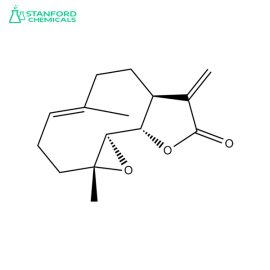
| Available Sizes | 30 capsules, 60 capsules, 90 capsules |
|---|---|
| Key Ingredient | High-quality, pure Parthenolide extract |
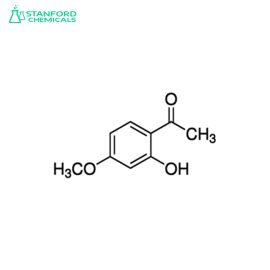
| Available Sizes | 30 capsules, 60 capsules, 90 capsules |
|---|---|
| Key Ingredient | High-quality, pure Paeonol extract |
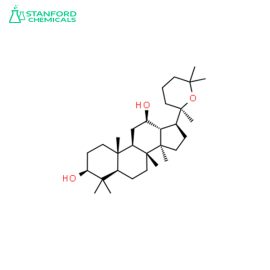
| Available Sizes | 30 capsules, 60 capsules, 90 capsules |
|---|---|
| Key Ingredient | High-quality, pure Panaxadiol extract |

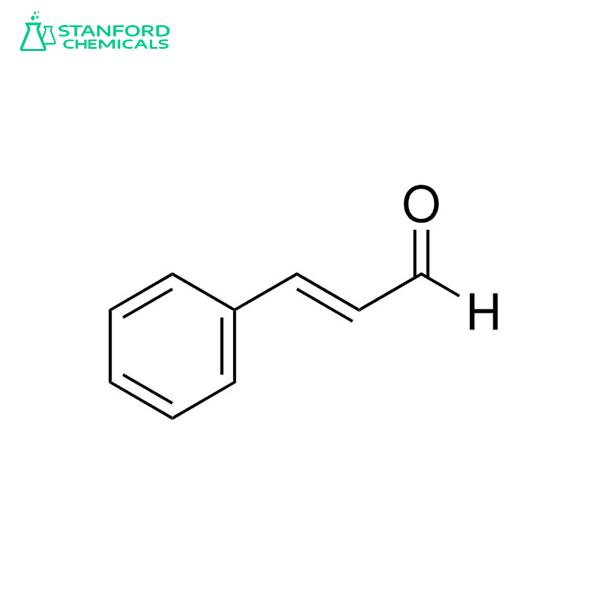
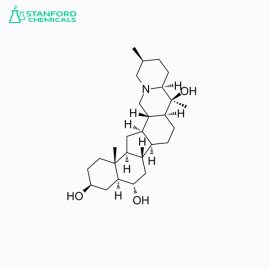
Reviews
There are no reviews yet.